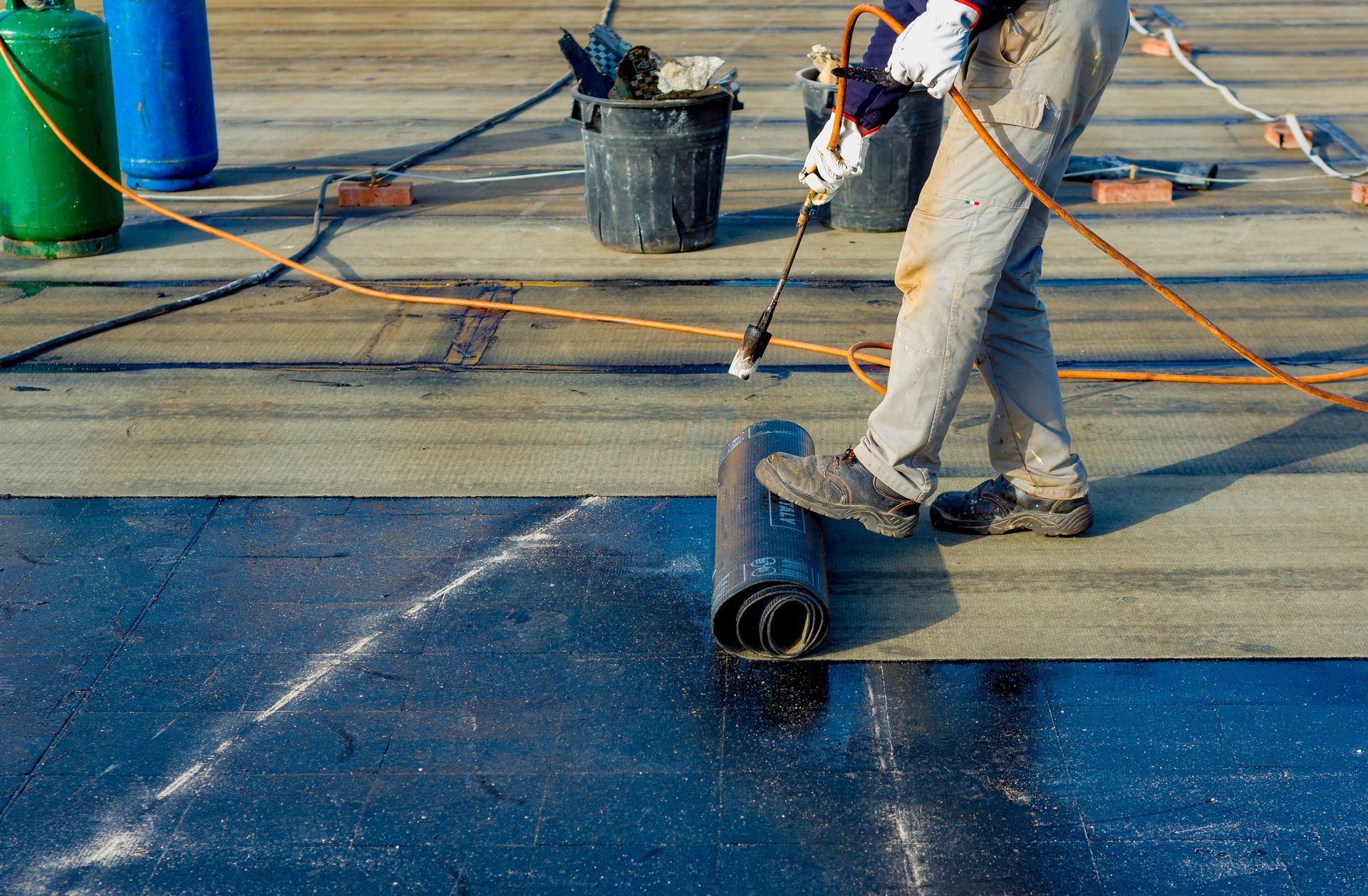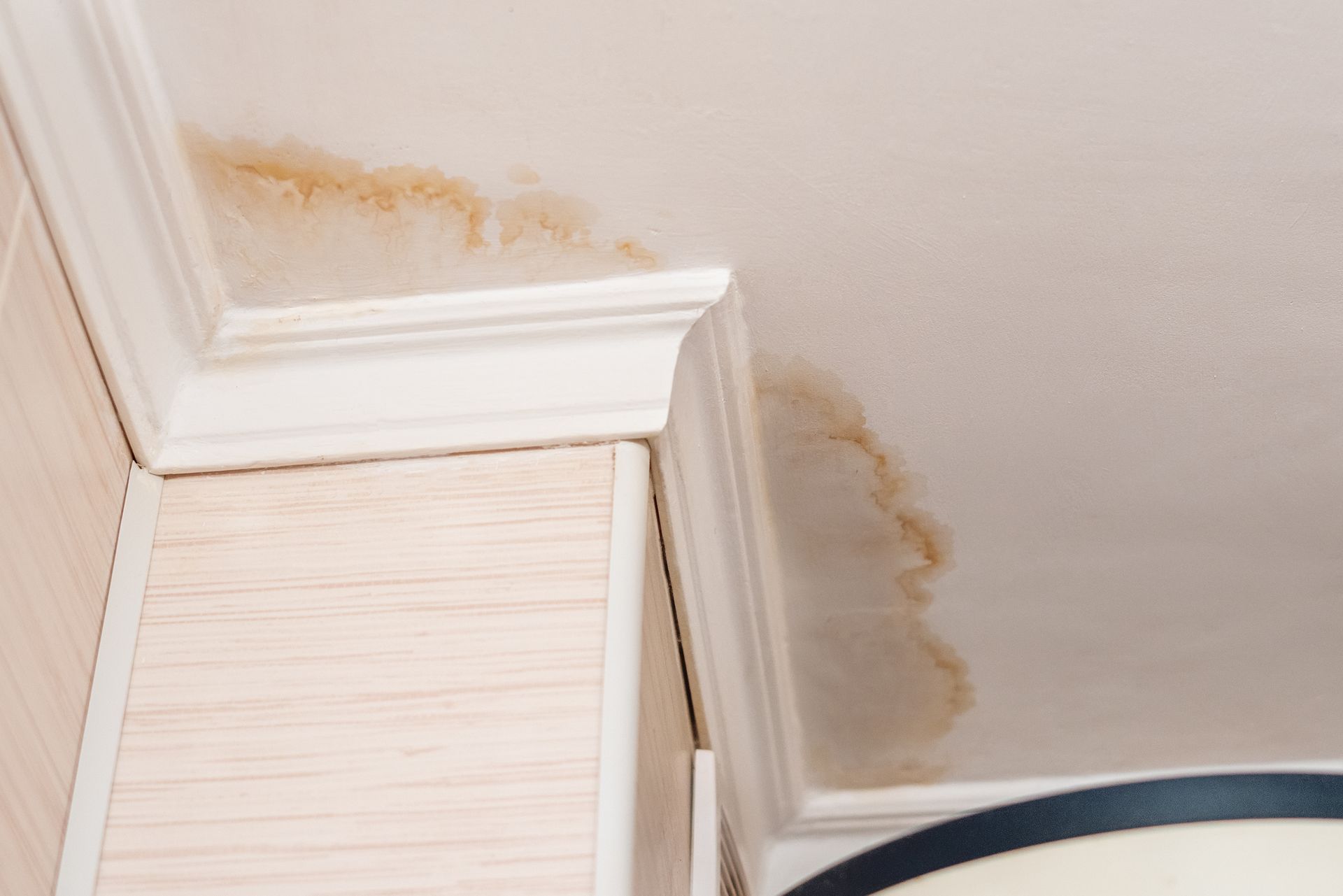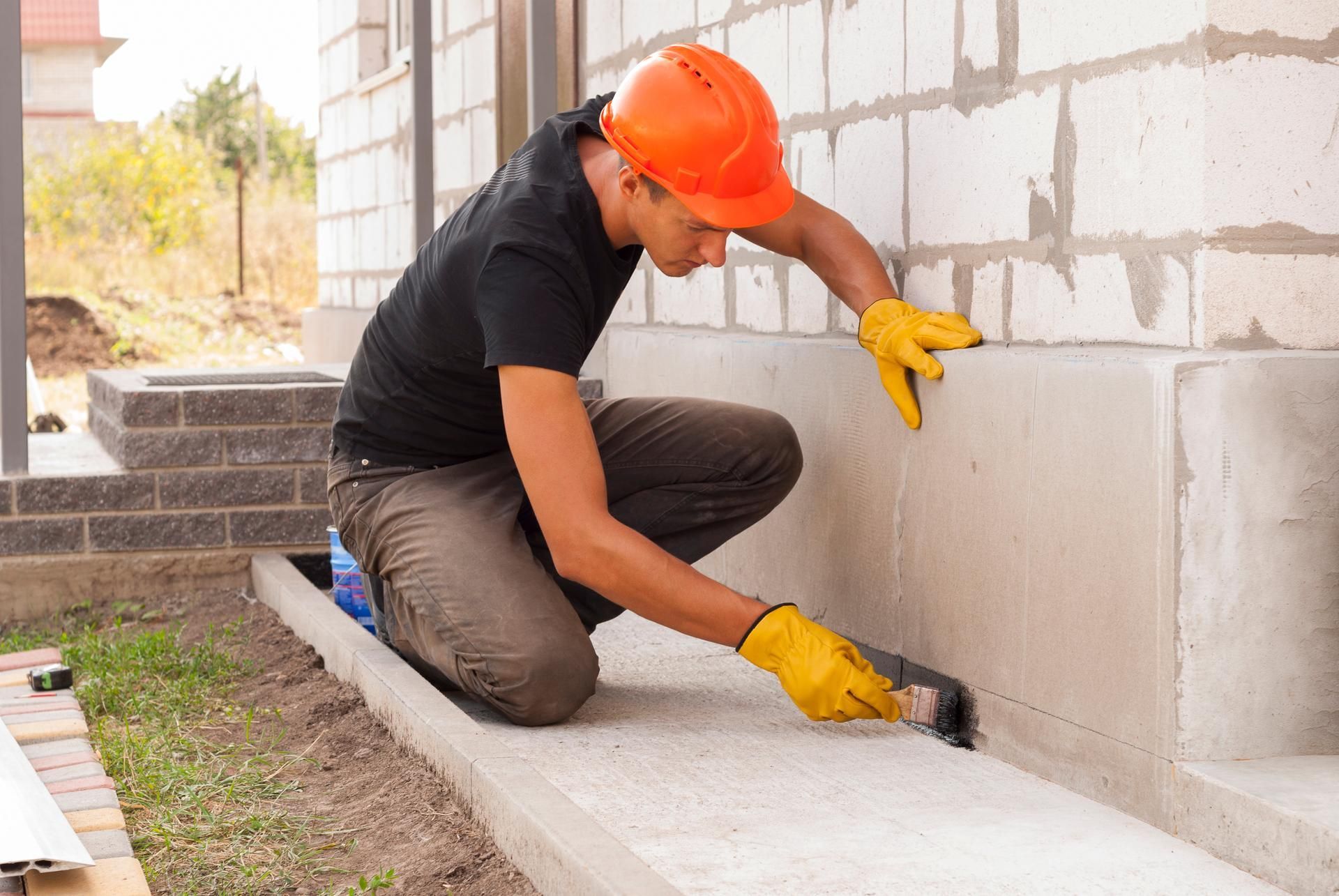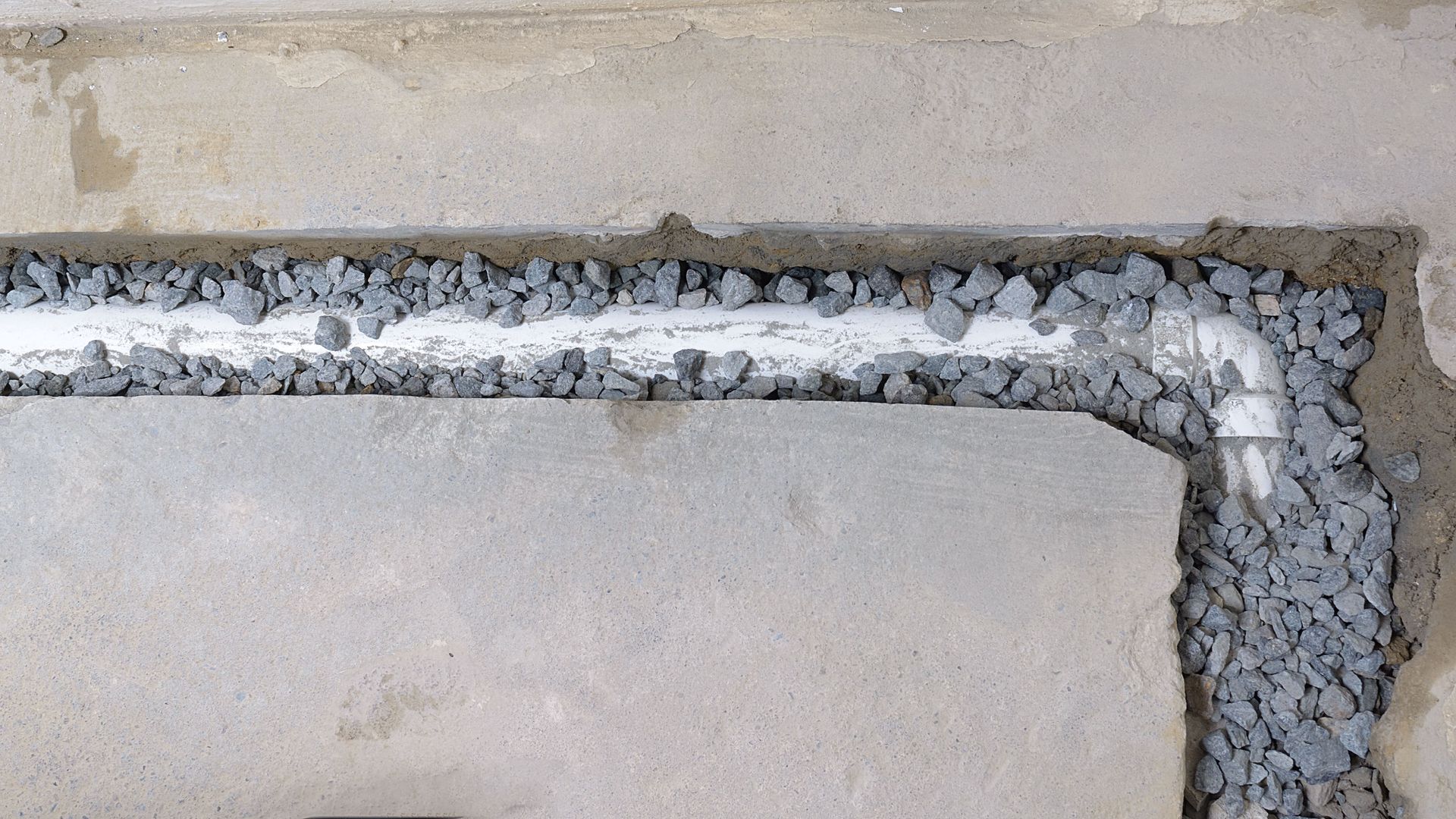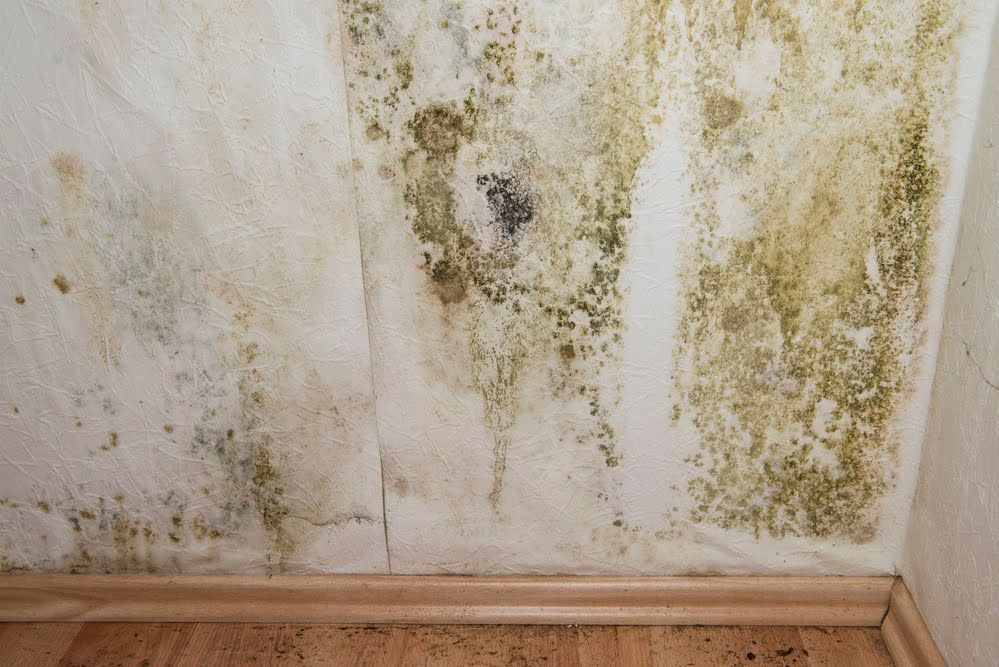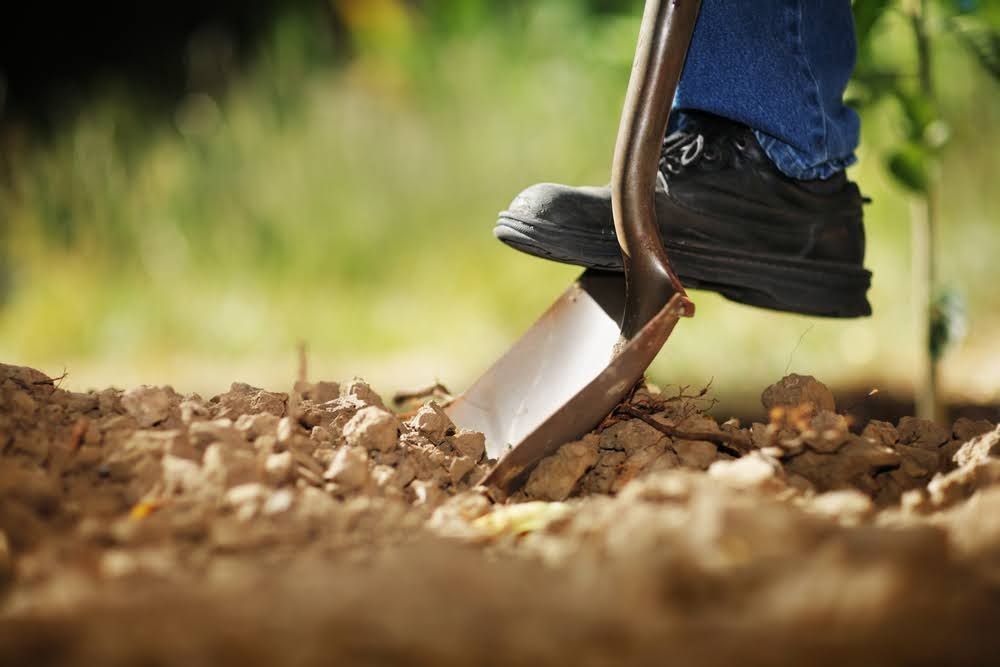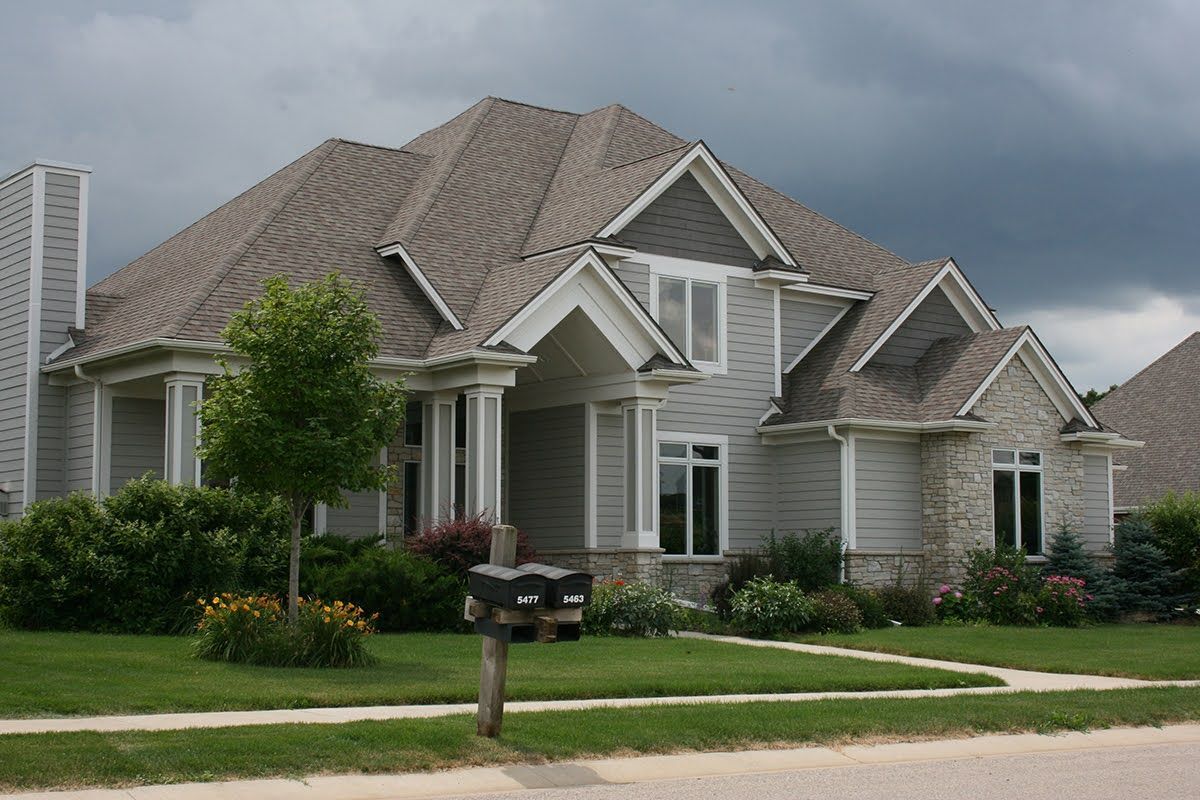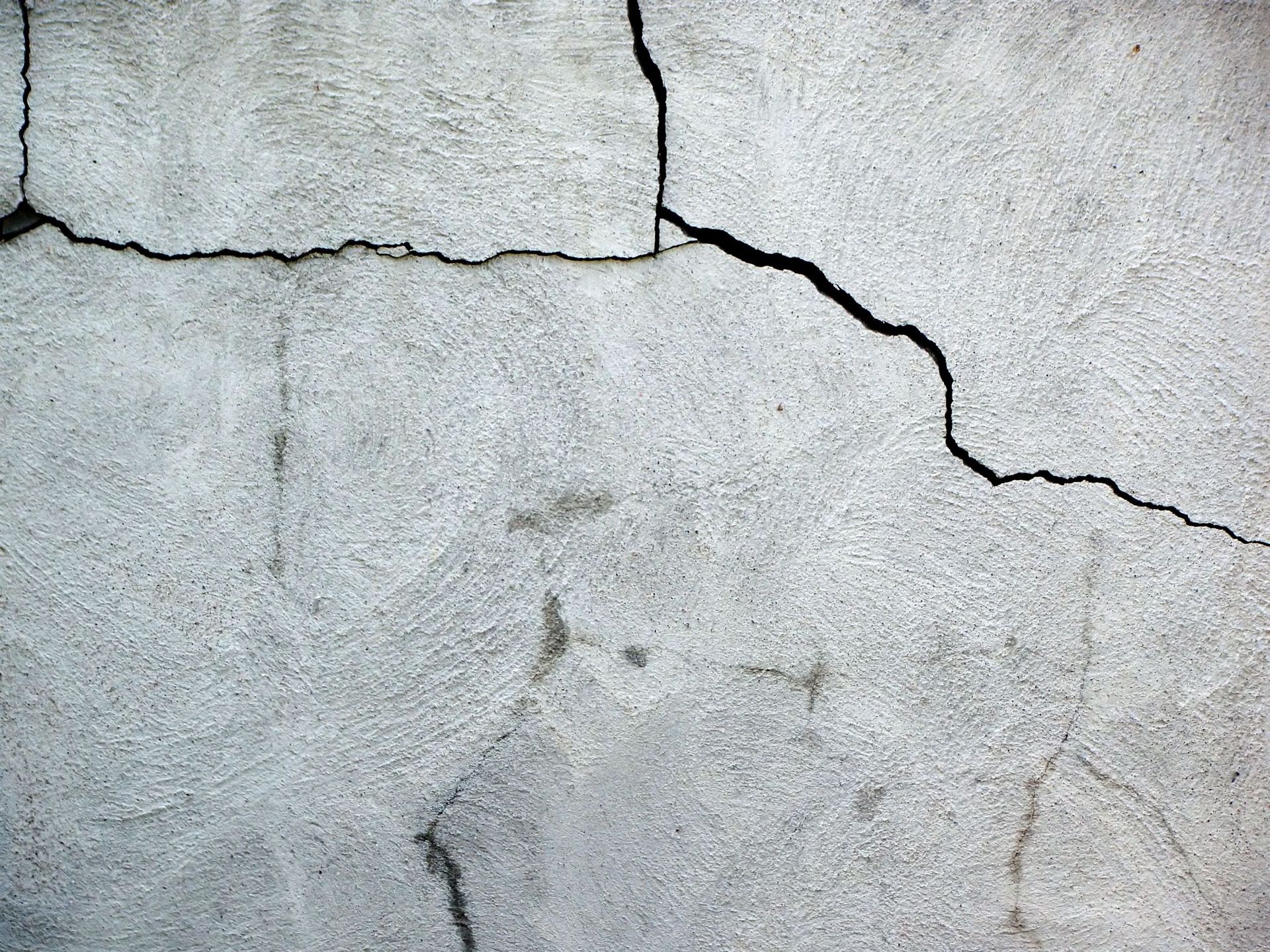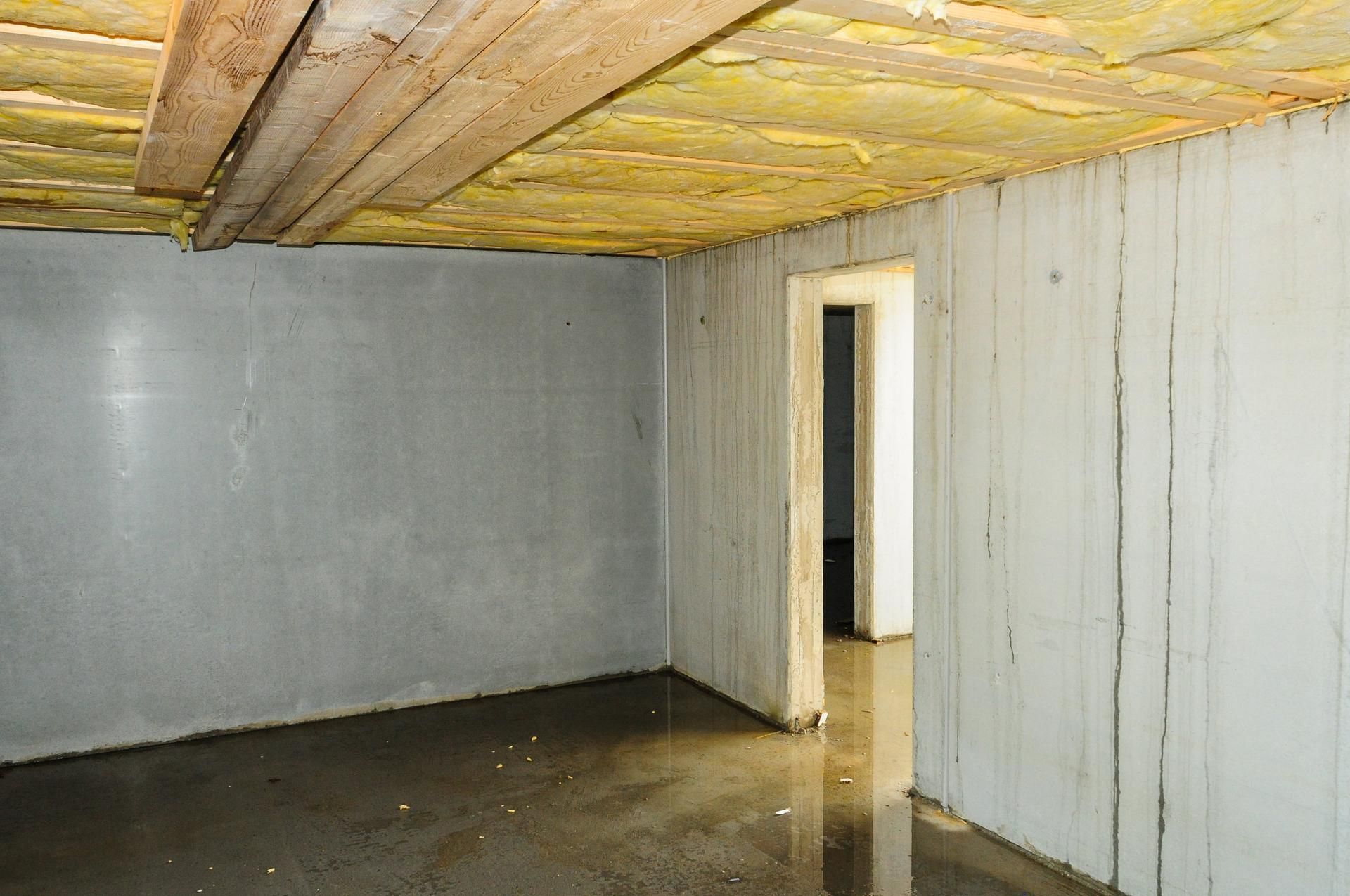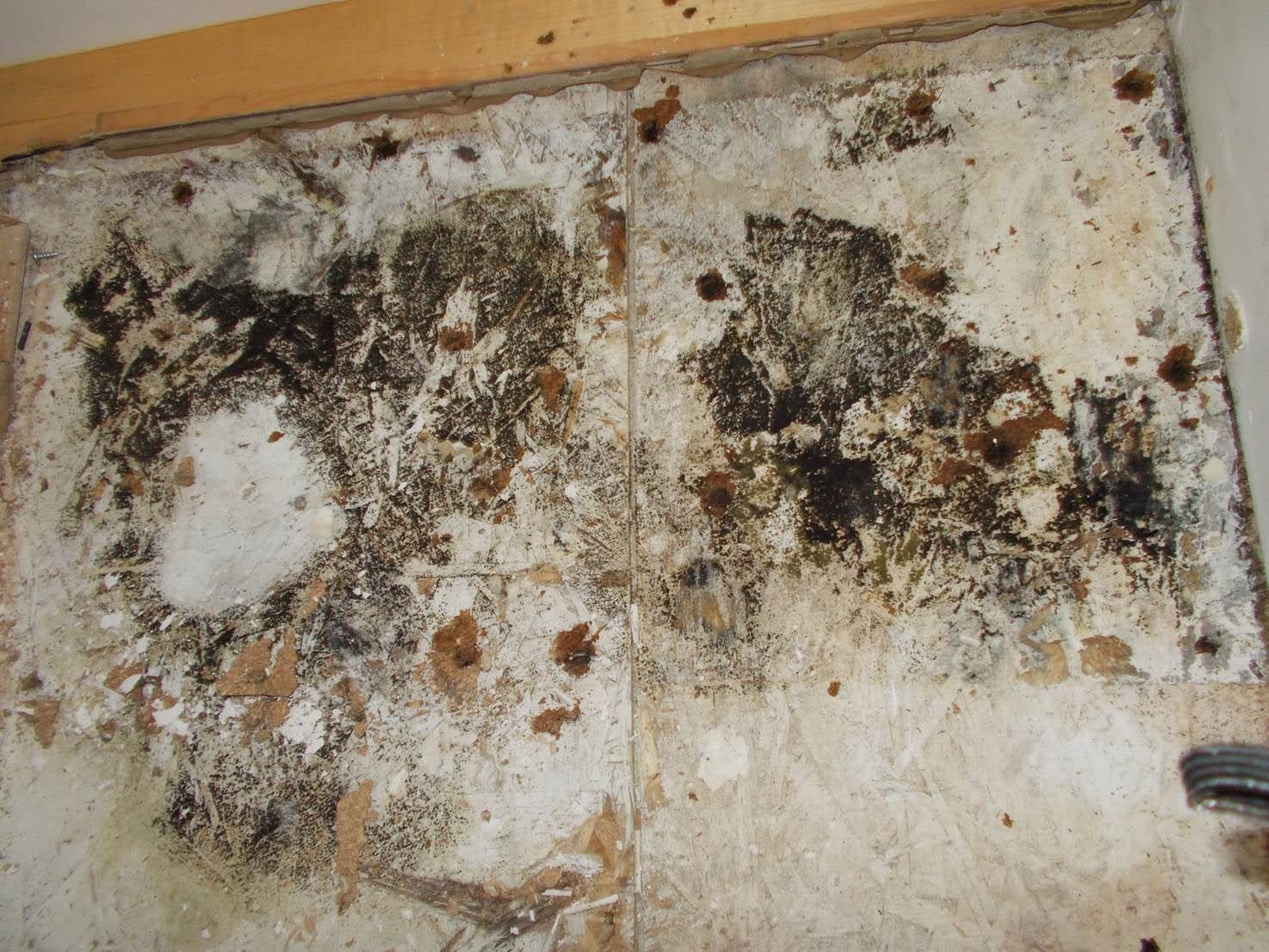Worst Waterproofing Mistakes You Can Make

Waterproofing helps maintain the integrity and longevity of a home. It can protect the structure from water damage, which can be expensive and cumbersome.
However, homeowners often need help with waterproofing. Understanding these common mistakes and how to avoid them is vital for any homeowner looking to protect their property effectively.
Puncturing the Waterproofing Membrane
One common mistake homeowners make during and after construction is inadvertently puncturing the waterproofing membrane. This can occur during the installation of fixtures and shelves or even during regular maintenance tasks. Any penetration in the waterproofing membrane can compromise its effectiveness and allow water to seep into the structure, leading to potentially severe water damage.
During construction or maintenance activities, the contractor must exercise extreme caution around the areas with waterproofing membranes. Using specialized tools and techniques designed to work around these membranes without causing damage can help prevent punctures. Additionally, ensuring that all contractors and workers are aware of the membranes' locations is essential.
Forgetting About the Walls
When focusing on basement or foundation waterproofing, homeowners often overlook the importance of waterproofing their walls. Neglecting wall waterproofing can lead to moisture seepage, which can cause mold, mildew, and structural damage over time.
Incorporate wall waterproofing into your overall waterproofing strategy. This might involve using waterproof paints or coatings on the walls, ensuring proper sealing around windows and doors, and addressing any cracks or gaps promptly.
Relying Only on Paint for Waterproofing
Some homeowners mistakenly believe that a coat of waterproof paint is sufficient to protect their homes from water damage. While waterproof paint can offer some degree of protection, it is not a foolproof solution. Depending solely on paint for waterproofing can leave your home vulnerable to water penetration and other related issues.
Use waterproof paint as part of a comprehensive waterproofing plan, but do not rely solely on it. Combine it with other measures, such as sealing, using waterproof membranes, and addressing any structural weaknesses that might allow water to enter the home.
Not Installing a Proper Drainage System
Inadequate or poorly planned drainage systems can lead to water accumulation around the foundation, ultimately causing water to seep into the structure. Without proper drainage, water can exert pressure on the foundation walls, leading to cracks and leaks.
Invest in a well-designed and properly installed drainage system. This might include downspouts, gutters, French drains, or other systems that effectively direct water away from the foundation. Regular maintenance of the drainage system is also crucial to ensure it remains effective over time.
Draining Flooded Basements Too Quickly
During heavy rainfall or flooding, basements can become inundated with water. It's essential not to rush the process of draining the water, as doing so too quickly can cause significant structural damage. The sudden pressure changes can compromise the structural integrity of the foundation and the walls, leading to potential collapses or further water damage.
If your basement has flooded, take a cautious and systematic approach to draining the water. Use pumps or other water removal systems, but do so gradually to avoid sudden pressure changes. Seek professional assistance if needed to ensure the proper and safe drainage of the water.
Waiting Too Long Before Waterproofing
Delaying waterproofing leaves your home vulnerable to water damage, especially in areas prone to heavy rainfall, snowmelt, or high humidity. Without adequate protection, water can seep into the foundation, walls, or roofing, leading to structural issues, mold growth, and other forms of water-related damage. This may necessitate costly repairs or even complete replacements of key structural components.
Regular maintenance, periodic inspections, and proactive measures are key to effective waterproofing and protecting the value of your home. Central Penn Waterproofing can help you with your waterproofing projects. Contact us for immediate assistance.


